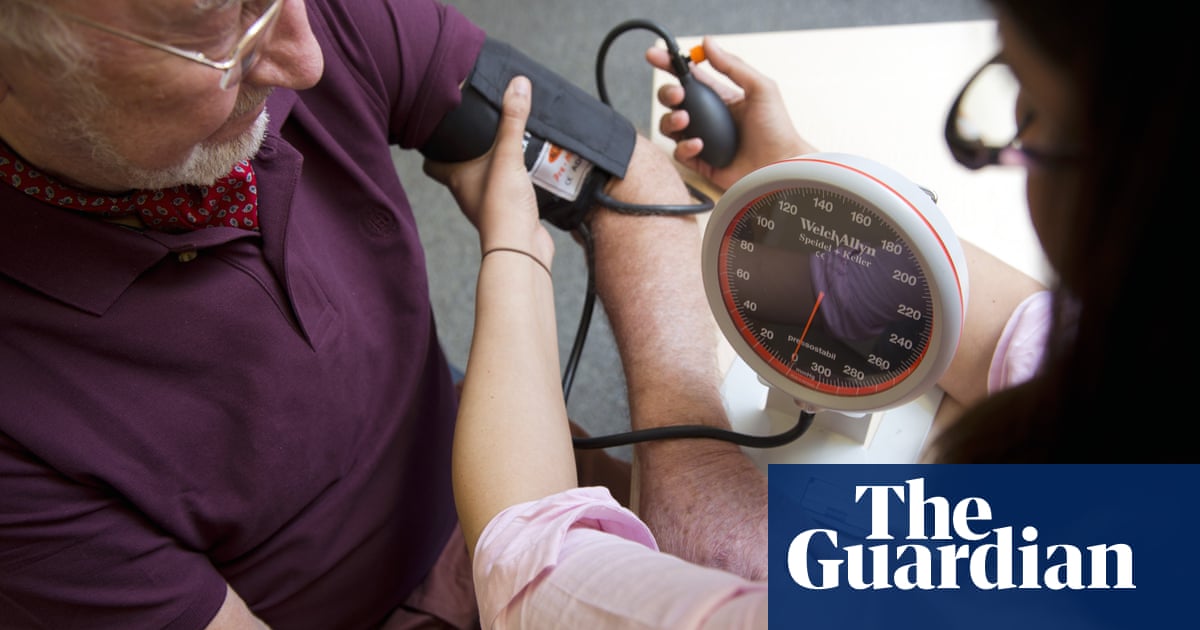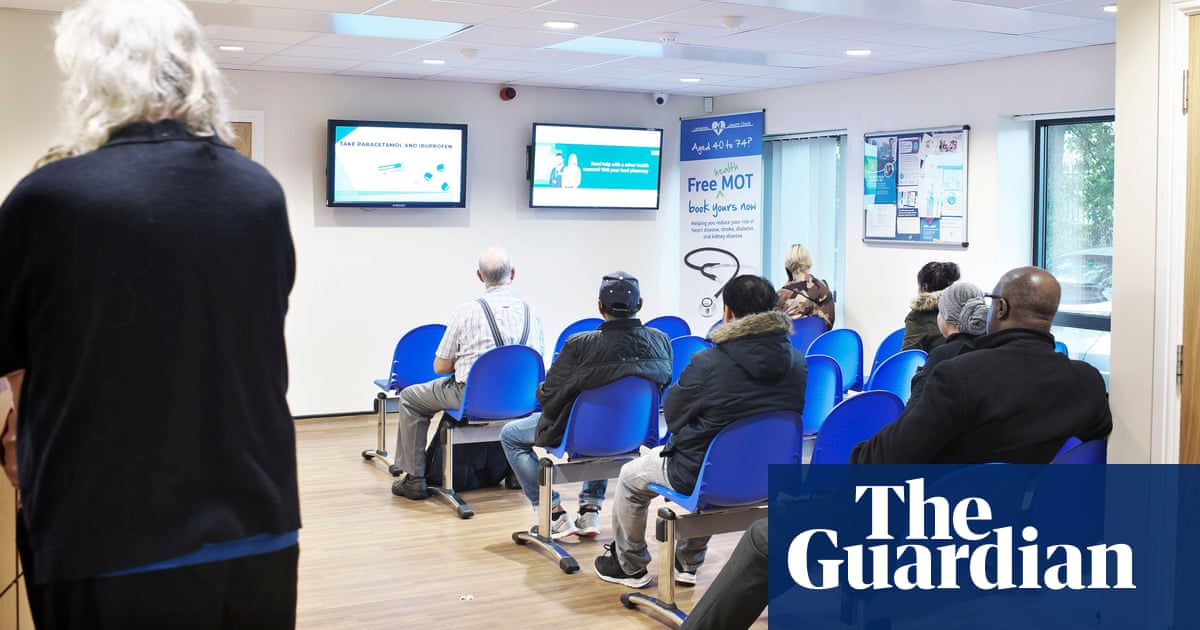
Areas across England where the highest proportion of ethnic minorities live have the poorest access to GPs, with experts attributing this disparity to an outdated model being used to determine funding.
As of October 2023, there were 34 fully qualified full-time-equivalent GPs per 100,000 patients in the areas with the highest proportion of people from ethnic minority backgrounds, according to a Guardian analysis of NHS Digital and census data.
This is 29% lower than the 48 general practitioners per 100,000 people serving neighbourhoods with the highest proportion of white British people.
Although ethnic minorities tend to be younger than the white British population, minority ethnic areas still have the lowest number of GPs per person even when factors such as age, sex and health necessities are considered.
After adjusting for those factors, high ethnic minority areas had 37 GPs per 100,000 patients, 15% lower than the 44 GPs per 100,000 in the lowest ethnic minority places of England.
Prof Miqdad Asaria at the London School of Economics department of health policy said it was “very concerning” that ethnic minorities “have systematically poorer access to primary care which is likely to be a key driver of current and future health inequalities”.
“Primary care plays a crucial role in preventing disease, diagnosing and treating illness, and facilitating access to specialist or hospital treatment for people who need it,” he added.
Deprivation and population density play a role in this inequality. People from most minority ethnic groups are more likely to live in deprived neighbourhoods and highly populated dense places than the white British population, with socioeconomic poverty being a key factor that influences health.
The analysis also shows that, after adjusting for factors such as sex, age and health needs, the number of general practitioners per patient is 13% lower in the most deprived parts of England than in the most affluent areas. It is also 16% lower in the most populated dense areas of the country than the least densely populated areas.
Experts have said that the stark disparity of numbers of GPs across different local authorities is because the Carr-Hill formula, which is used to determine how much money per patient is allocated to each GP practice, does not adequately account for how factors such as deprivation and ethnicity may affect the health outcomes of an area.
Jake Beech, a policy fellow at the Health Foundation, said the formula did not “properly compensate practices for the additional health need associated with deprivation, skewing funding towards more affluent areas.
“People living in [deprived] areas often have higher health needs, and our research shows that after accounting for these higher needs, GP practices in more deprived areas are under-doctored and underfunded compared to more affluent ones,” Beech said.
“The main driver of this is the formula used to allocate funding to GP surgeries. The formula has been in place for over 20 years, and despite numerous promises to change it this hasn’t yet happened. Policymakers need to distribute funding and staff in general practice more equitably, so that resources are better matched to need.”
Beccy Baird, a senior fellow in health policy at the King’s Fund thinktank, said it was “widely recognised” that the Carr-Hill formula “doesn’t adequately reflect the extra costs associated with deprivation”.
She added: “It is also harder for GP practices in deprived areas to meet the quality targets which they need to meet to receive additional funding (known as QOF), such as how well patients are controlling their diabetes, because their patients may need more support than those in wealthier areas. This means that practices in more deprived areas may not be able to afford as many staff as they need to meet the needs of their patients.”
The analysis also shows that inequality is at its highest level in London. The number of GPs per patient is a quarter lower in the areas of the capital with the greatest proportion of ethnic minorities compared with those where the lowest proportion of people from minority ethnic backgrounds live.
A Department of Health and Social Care spokesperson said: “We are committed to eliminating health disparities across the nation so everyone can live longer, healthier lives and we have always prioritised the NHS by backing it with the funding it needs.
“We are dedicated to improving access to GPs, and we are now delivering 50m more GP appointments per year compared to 2019.
“The most recent data shows GP funding increased in real terms by 19% between 2017-18 and 2021-22, and our primary care recovery plan is investing up to £645m to expand pharmaceutical services and take pressure off general practice.”












